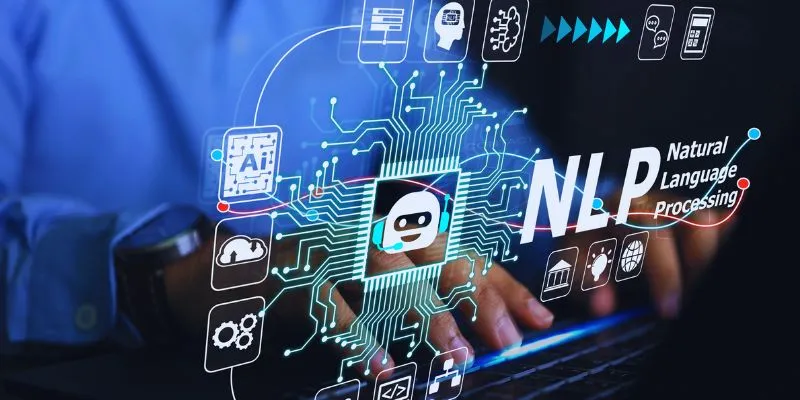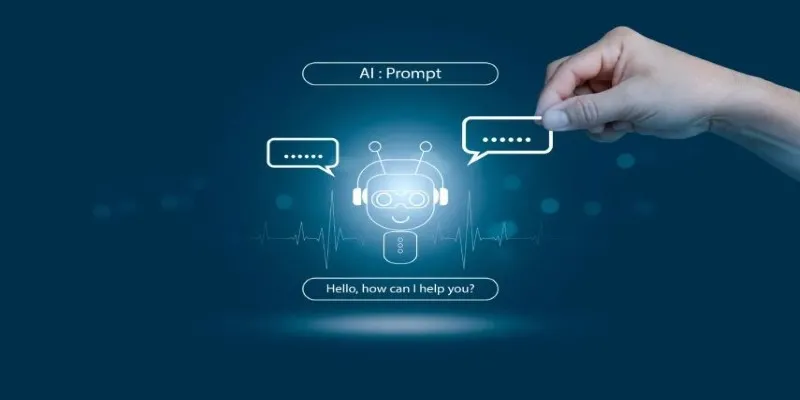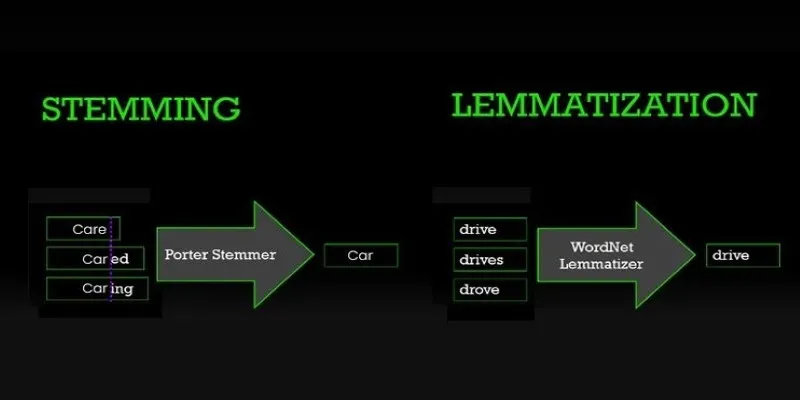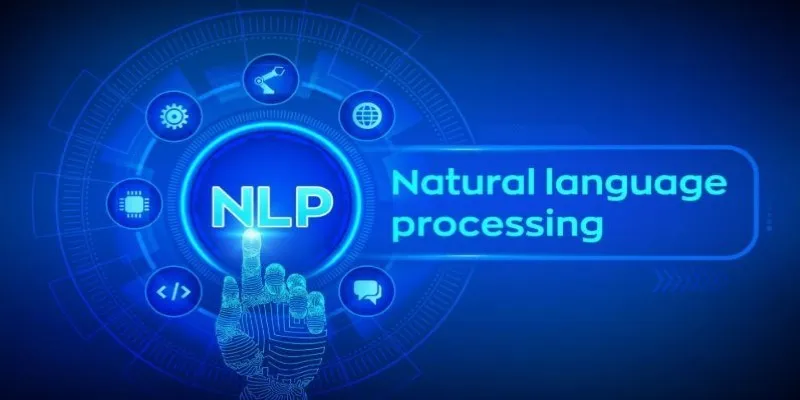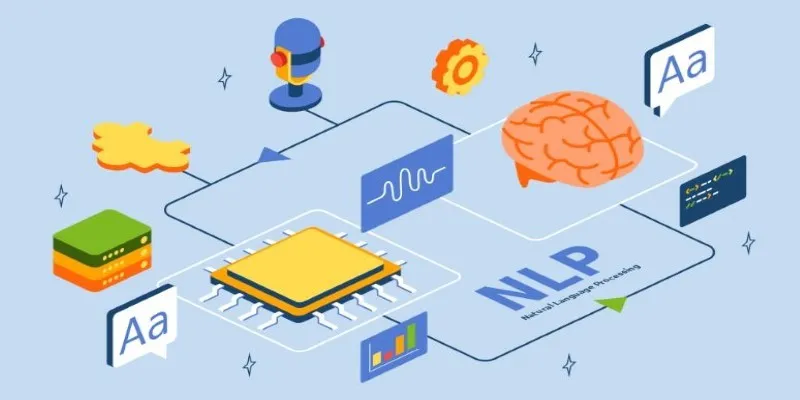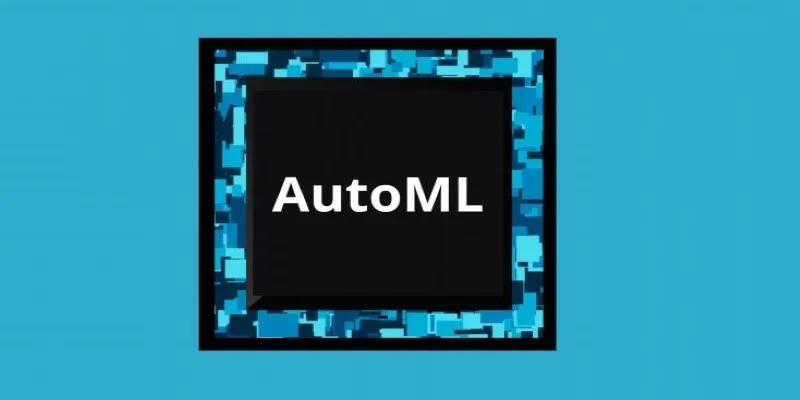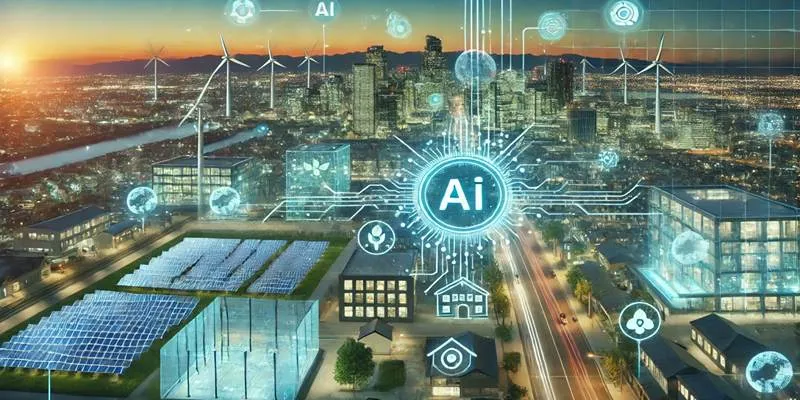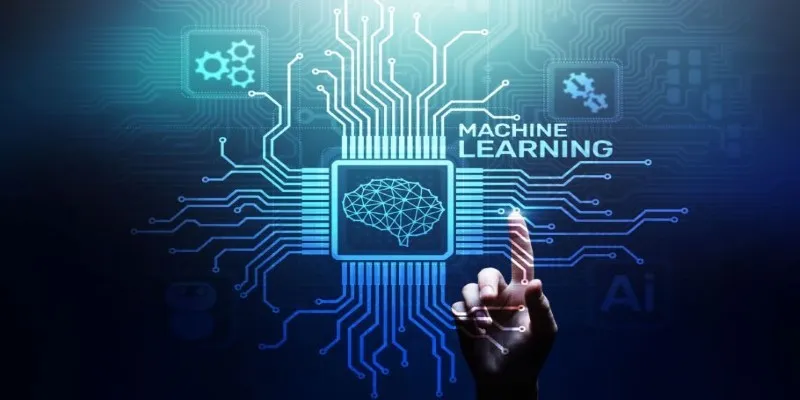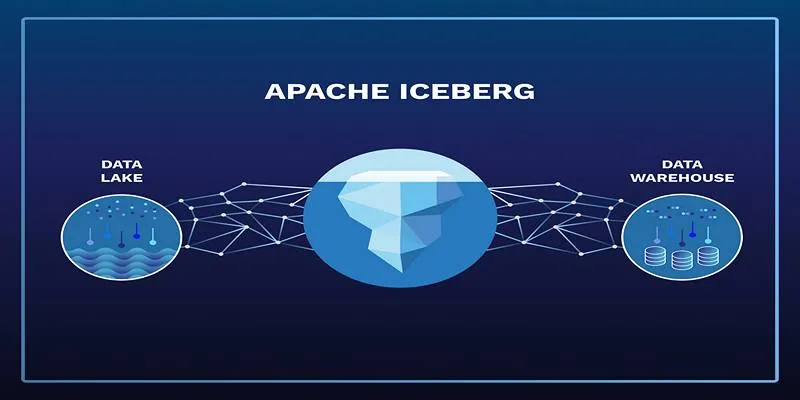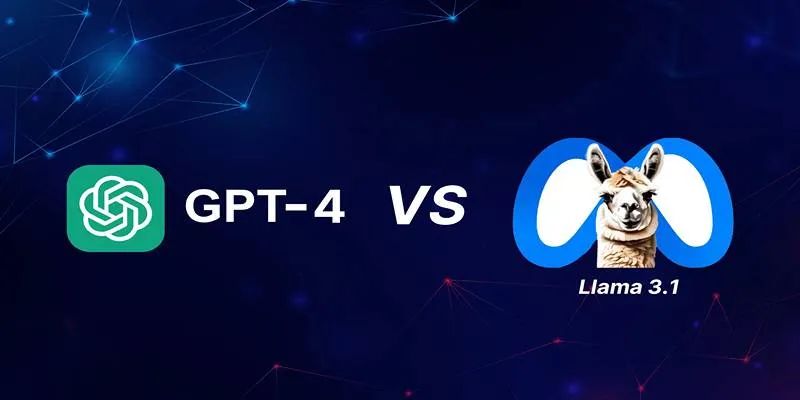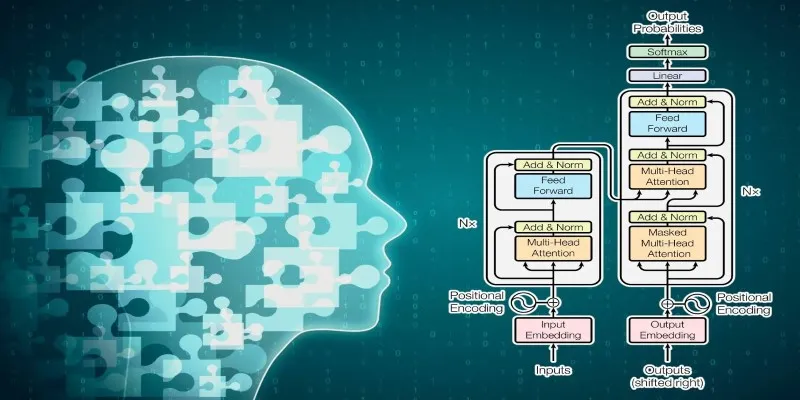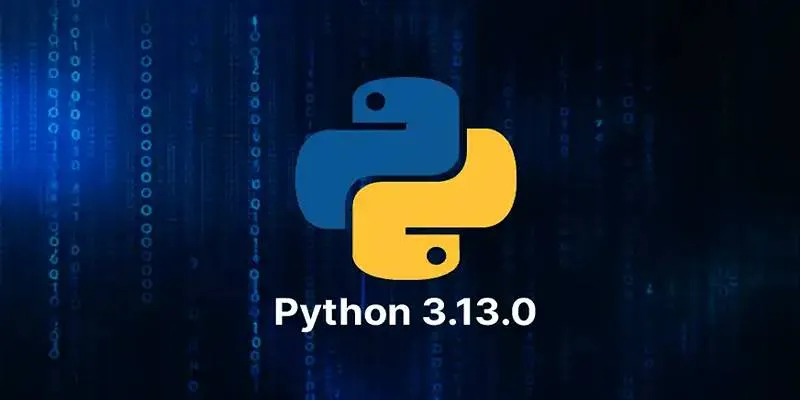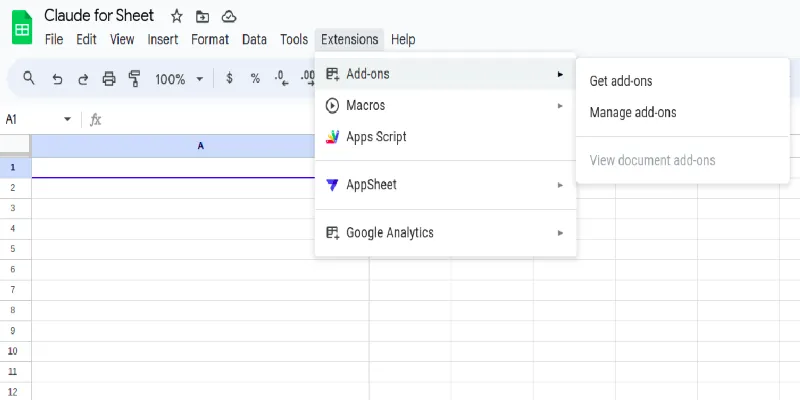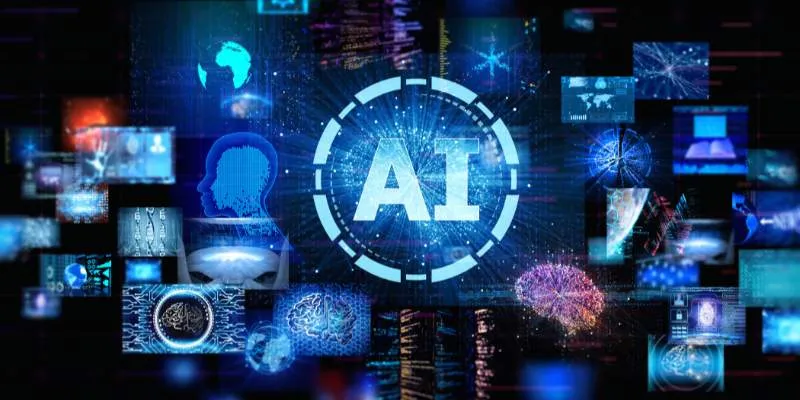The evolution of how computers understand human language has been profound in recent years. What was once confined to rigid command-based inputs has now blossomed into sophisticated systems capable of understanding context, sentiment, and even intent. This transformation is powered by Natural Language Processing (NLP) techniques, which form the backbone of AI models that enable machines to communicate in a manner that feels almost human-like.
From virtual assistants responding to inquiries to chatbots resolving customer queries and search engines refining results, NLP techniques are central to modern artificial intelligence. Understanding these methods provides insights into how machines process, analyze, and generate human language, reshaping our daily digital interactions.
Understanding the Basics of Natural Language Processing
At its essence, Natural Language Processing bridges the gap between human language and machine comprehension. Unlike programming languages with formal syntax, human communication is rich with nuances, ambiguity, and variability. NLP addresses this by integrating linguistics, computational algorithms, and machine learning to interpret text and speech effectively.
The process begins with text preprocessing, where raw input is cleaned, standardized, and prepared for analysis. This involves tokenizing sentences into words or phrases, removing unnecessary elements like punctuation, and normalizing text by converting words to lowercase or correcting spellings. Stemming and lemmatization further refine words to their root forms, helping algorithms identify variations of the same term.
Following preprocessing, semantic analysis extracts meaning from words and phrases. Early NLP models relied on rule-based methods, using predefined patterns to establish relationships between words. However, these techniques often struggled with contextual understanding. Today’s advances in machine learning for NLP empower AI to comprehend language with greater flexibility through statistical models and deep learning, interpreting words within their context.
Essential Techniques in Natural Language Processing
One critical NLP technique is part-of-speech (POS) tagging, which involves assigning grammatical tags to words in a sentence. This helps AI distinguish between nouns, verbs, adjectives, and other parts of speech, enabling accurate interpretation of statements. Named entity recognition (NER) goes further by identifying specific entities within the text, such as names of people, places, or organizations. This technique is widely used in search engines and automated content categorization.

Another vital component is sentiment analysis, which determines the emotional tone behind the text. Businesses utilize this technique to analyze customer feedback, monitor brand sentiment on social media, and enhance user experiences. By leveraging machine learning in NLP, sentiment analysis classifies text as positive, negative, or neutral, enabling companies to make data-driven decisions based on public perception.
Text summarization is another crucial NLP technique. It allows AI to generate concise versions of lengthy content while retaining essential information. This is particularly useful for news aggregation platforms, document analysis, and AI-driven research tools. Extractive summarization selects key sentences from the original text, whereas abstractive summarization creates new sentences that capture the main ideas. Both approaches contribute to more efficient information processing across industries.
Advancements in NLP Through Machine Learning
Traditional NLP systems relied on predefined rules, but machine learning has significantly enhanced their capabilities. Modern NLP models use large datasets to learn language patterns independently, rather than depending on manual rule-setting. Supervised learning methods train models on labeled data, enabling them to classify text, translate languages, and recognize speech with increasing accuracy.
One of the most groundbreaking advancements is the emergence of transformer models, such as OpenAI’s GPT series and Google’s BERT. These models use attention mechanisms to analyze words in relation to their surrounding context, improving translation accuracy, chatbot interactions, and text generation. Unlike earlier models that processed text sequentially, transformers allow AI to understand entire sentences at once, resulting in more coherent and contextually relevant responses.
Deep learning integration has further refined NLP by enabling speech recognition and conversational AI to operate with human-like fluidity. Virtual assistants like Siri and Alexa rely on deep learning algorithms to process spoken commands, respond in natural language, and continuously learn from user interactions. This evolution has extended NLP applications beyond text-based systems, making voice-driven AI an essential component of modern technology.
The Future of NLP and Its Impact on AI
As NLP continues to advance, its applications will become increasingly sophisticated. The rise of large language models has already demonstrated AI’s ability to generate human-like responses, summarize complex texts, and even assist in creative writing. However, challenges remain, particularly in addressing bias in AI models, ensuring ethical language processing, and enhancing multilingual capabilities.
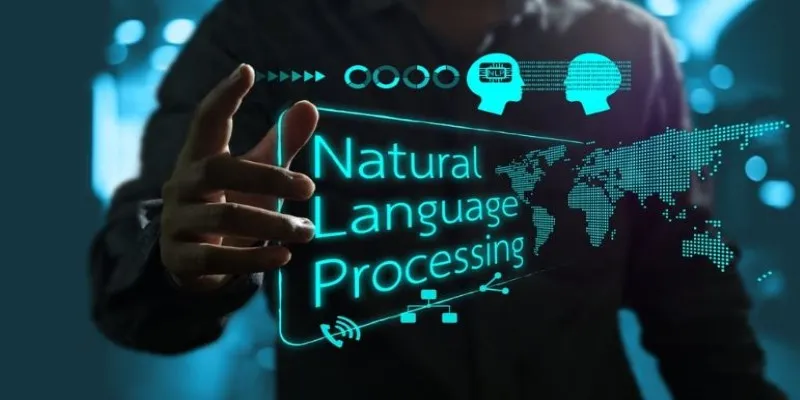
One promising area is zero-shot learning, where AI can understand and generate responses for new topics without prior training. This innovation reduces the need for extensive labeled datasets and enhances the adaptability of NLP models across different languages and contexts. Additionally, advancements in real-time translation will make cross-language communication more seamless, further breaking down barriers worldwide.
While NLP techniques have already transformed AI, the future holds even greater possibilities. As researchers refine models to better understand intent, sarcasm, and cultural differences, the dream of fully human-like AI communication draws nearer. Whether in customer service, healthcare, or creative industries, NLP will continue to drive the next generation of AI- powered solutions.
Conclusion
Natural Language Processing techniques have revolutionized how machines interact with human language, making AI more intuitive and responsive. By harnessing machine learning in NLP, systems can analyze context, detect sentiment, and generate meaningful responses. From virtual assistants to real- time translations, NLP is shaping the future of communication. As technology progresses, AI will become even more fluent, bridging language barriers and enhancing human-computer interactions. The journey of NLP isn’t just about understanding words—it’s about creating AI that truly understands us.
 zfn9
zfn9

